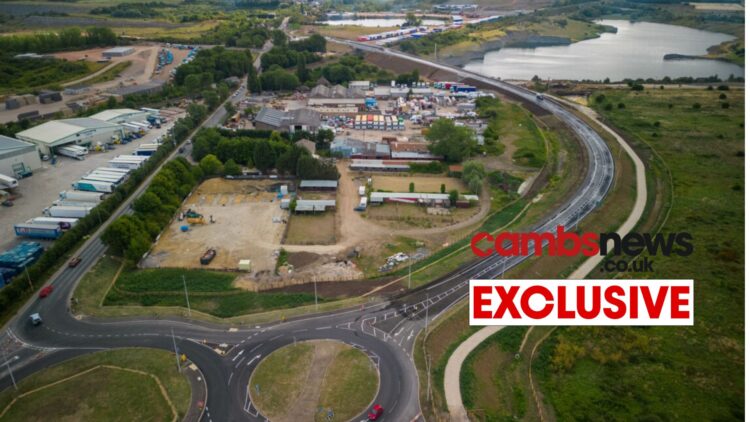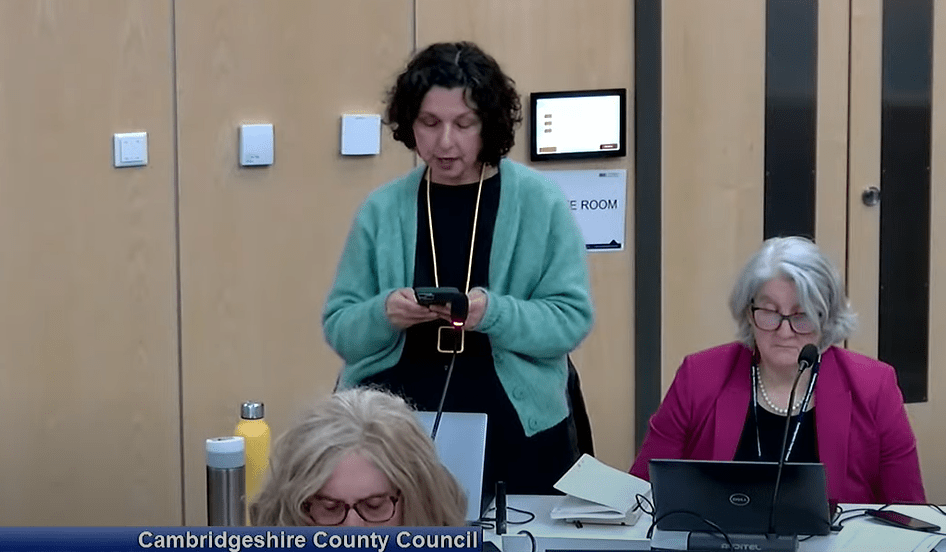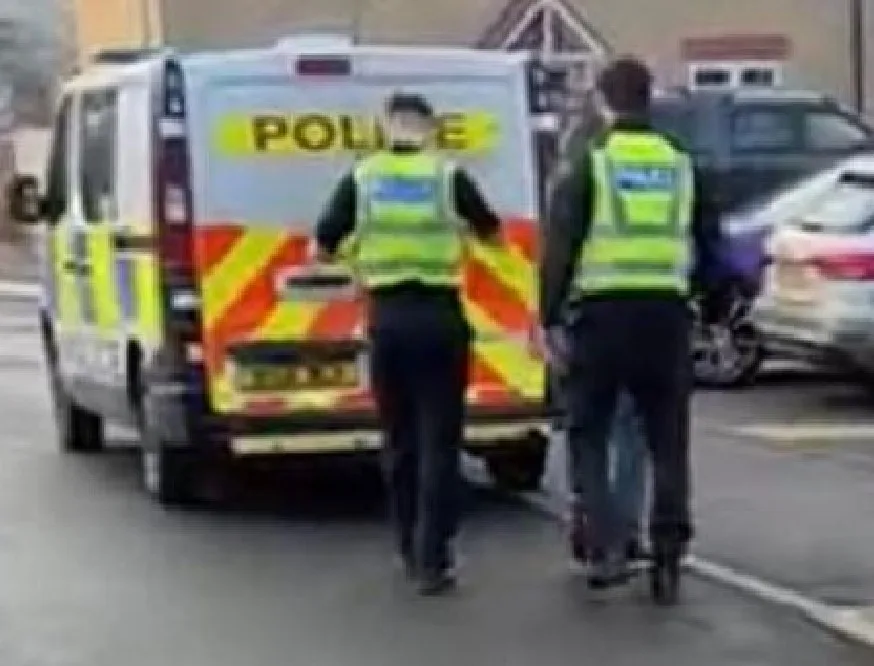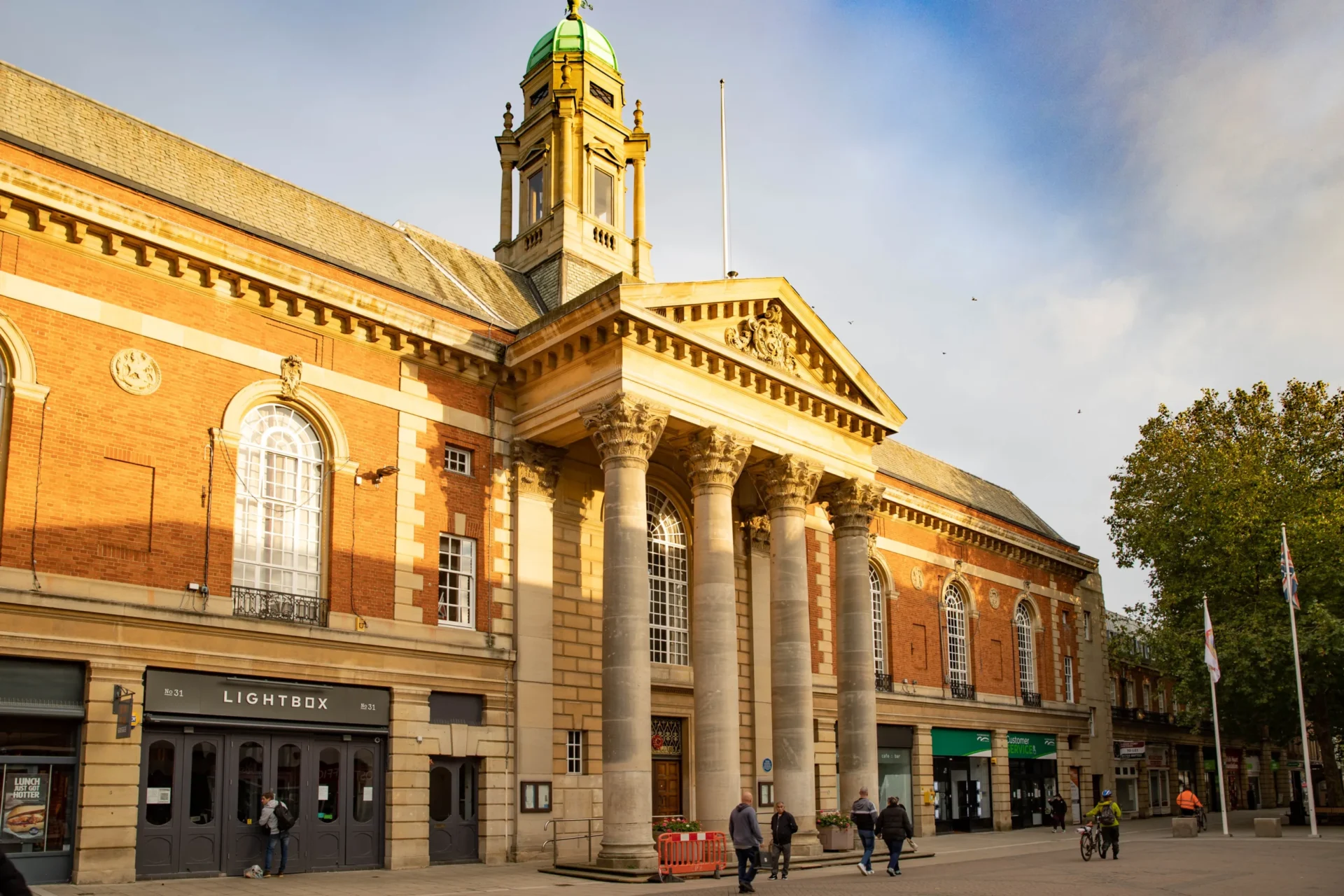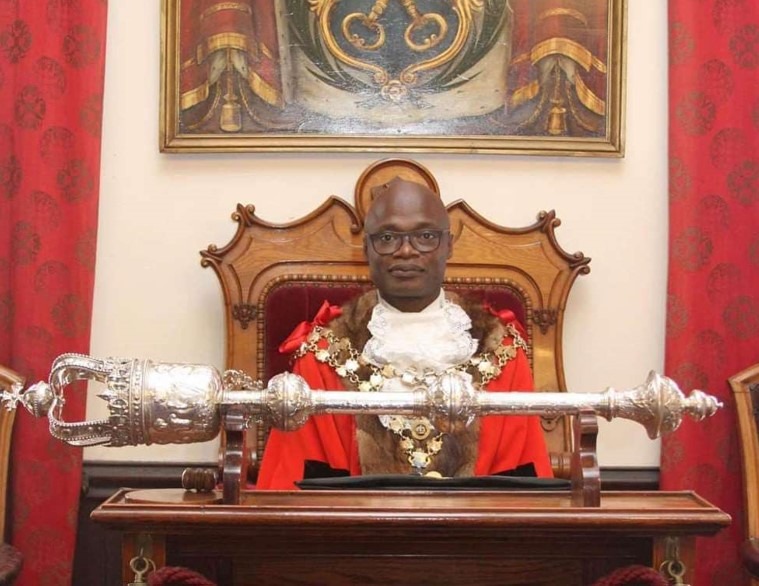Full closure of the £32m King’s Dyke Crossing at Whittlesey is on the table “if there is a change to the current rate of movement and further increase in cracking” Drivers using the bridge (the Ralph Butcher Causeway) can expect at the very least single lane traffic to continue well into the winter as contractors continue to find the reasons for “movement in the embankment”.
A briefing on the crisis has been released by Cambridgeshire County Council to Whittlesey councillor Chris Boden. It makes grim reading.
“We are unable to confirm the date for remedial works to be undertaken because of the complexities in design, which need to be carefully considered in determining the solution,” says the briefing.
“We continue to work closely with the contractor to understand why the cracks have appeared, which is essential to inform the design.”
The county council says the movement of the embankment is being closely monitored and is currently showing that there is settlement of the embankment as well as horizontal movement “at a level greater than predicted at the design phase.
“Jones Brothers and their design team, including a specially appointed geotechnical expert, are closely reviewing the results and considering the best course of action to ensure the embankment is stabilised ready to be reopened”.
The county council says it has also sought independent engineering advice to review the monitoring and proposed solutions put forward by Jones Brothers.
“Settlement and horizontal movements are continuing at a rate that is significantly greater than predicted and, in some cases, appears to be accelerating, confirming that there is currently no reason to assume that the rate of movement is reducing, and therefore, supports the decision to maintain the current lane closure,” says the county council.
The main issue is the 70-degree embankment on the bridge, sitting between the new rail bridge and the new subway; it is a steep slope built up of reinforced earth that supports the new carriageway.
The briefing says the contractors, Jones Bros, and their designers have yet to determine the underlying cause of the movement in the embankment.
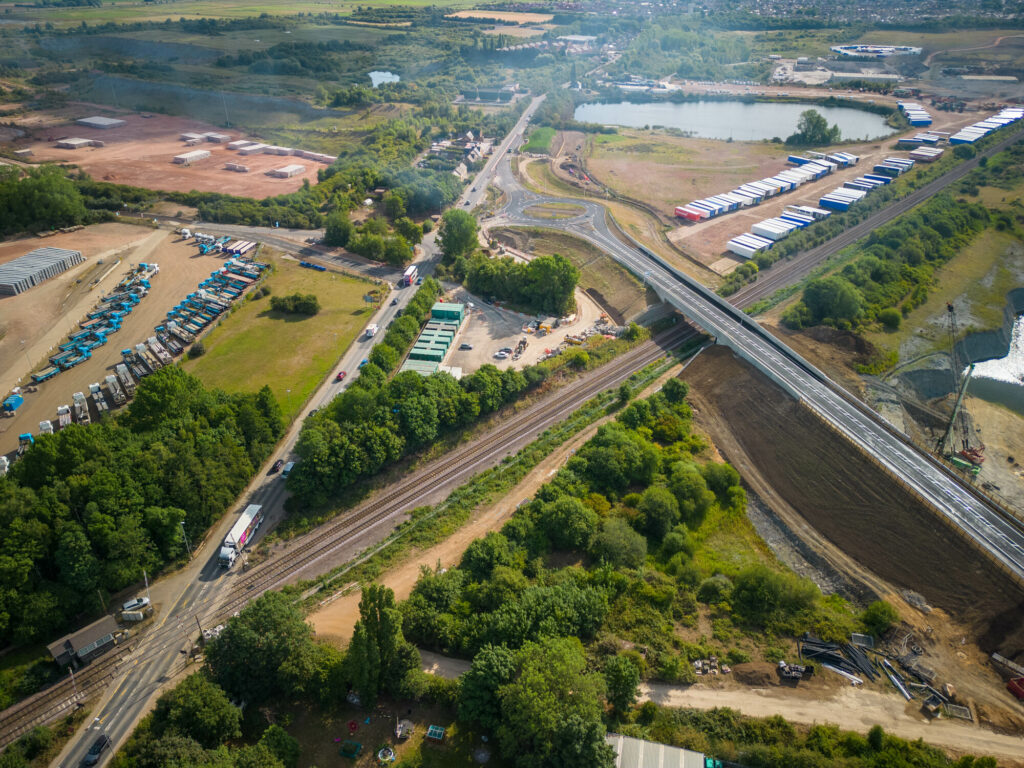
“Currently the trafficked lane is a full lane width away from the nearest crack,” says the report.
“If there is a change to the current rate of movement and further increase in cracking, then Cambridgeshire County Council may need to consider a full closure of the
Ralph Butcher Causeway.
“We will do all we can to avoid a closure of the road, but safety is our number one imperative.” It adds: “In view of the recent discussions with Jones Bros and the previous view of the
Technical Approval Authority (Milestone) that the single carriageway running is safe, and the likelihood of a catastrophic collapse is low, the current layout will be maintained together with ongoing monitoring.
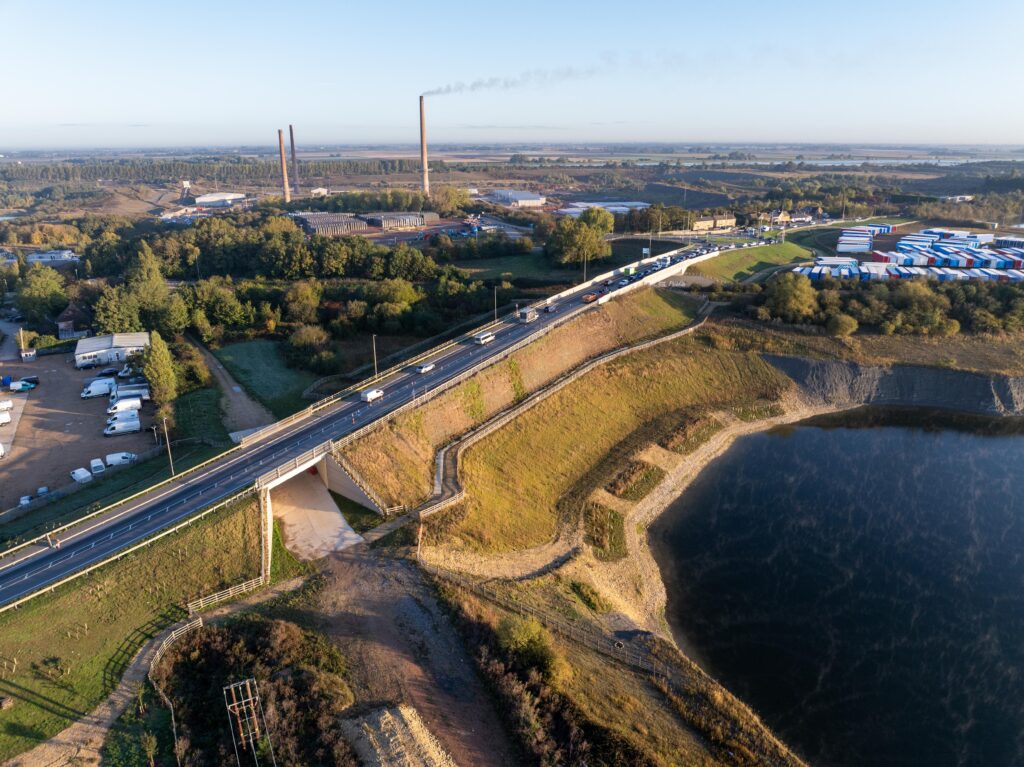
“Officers will continue to work with Jones Bros and their designers to ensure that, following appropriate design of a solution which receives approval in principle from the Technical Approval Authority, it is implemented so that the westbound carriageway can be reopened”.
But it continues with this warning.
“If either any monitoring data indicates, or officers otherwise believe, that a catastrophic collapse of the 70-degree embankment is likely to occur then the only option will be to close the Ralph Butcher Causeway to all traffic until a satisfactory solution is to the issue is implemented.”
Cllr Boden said of the briefing note “I had some difficulty getting permission to pass on to Whittlesey residents, who in my opinion deserve to be told the full truth”.
He said that in light of the information “I’ve asked for an urgent plan of action to be drawn up as soon as possible by county council highways should their worst fears materialise”.
Background
King’s Dyke – Ralph Butcher Causeway
A temporary lane closure at King’s Dyke was implemented on 13 June 2024 as a precaution, after some cracks appeared on the edge of the road. The closure was put in place while Jones Bros carried out tests and monitoring to identify the cause of the cracking.
Jones Bros has undertaken “visual surveys, monitoring and intrusive surveys to help understand the cause of movement and cracking in the 70-degree embankment”.
More recently Jones Bros have installed three detectors within the embankment to be able to measure any ongoing movement.
The county council says Jones Bros designers are considering the results of the testing and monitoring to help inform the design of remedial works.
“Until the necessary remedial works have been established, Jones Bros, their designers and CCC officers believe it is important to maintain road safety by maintaining the westbound lane closure,” says the county council.
“We understand that this is causing some disruption during peak hours for road users and continue to liaise with our contractors to monitor traffic flow in the area.”
To ease traffic flow there is an operative on site from start of the morning peak to end of the afternoon peak to be able to manually adjust the signal times if necessary, in response to changes in traffic flow and this will continue to be monitored.
Additional measures to monitor traffic management (TM) were discussed with Jones’ Brothers on 8 October, set out below:
- Jones Brothers will be sending 2 No. Jones Bros operatives to site as of October 9. They patrol both ends of the queuing traffic to communicate the length of the queues to the TM operative, who will then adjust the timings to try and balance out the queues as much as possible.
- Jones Bros is looking into the possibility of installing cameras along the approaches to the TM so that the queuing traffic can be monitored and the timing of the lights optimised.
In the meantime, 2 operatives will be on site each weekday to manage the traffic flows.
- Jones Brothers will arrange for water filled barriers to be delivered to site to be installed along the length of the TM and across the westbound carriageway to prevent unauthorised access along the closed lane (which must remain closed as safety concerns are fully investigated). These will be installed as an addition to the cones that close off the westbound carriageway.


